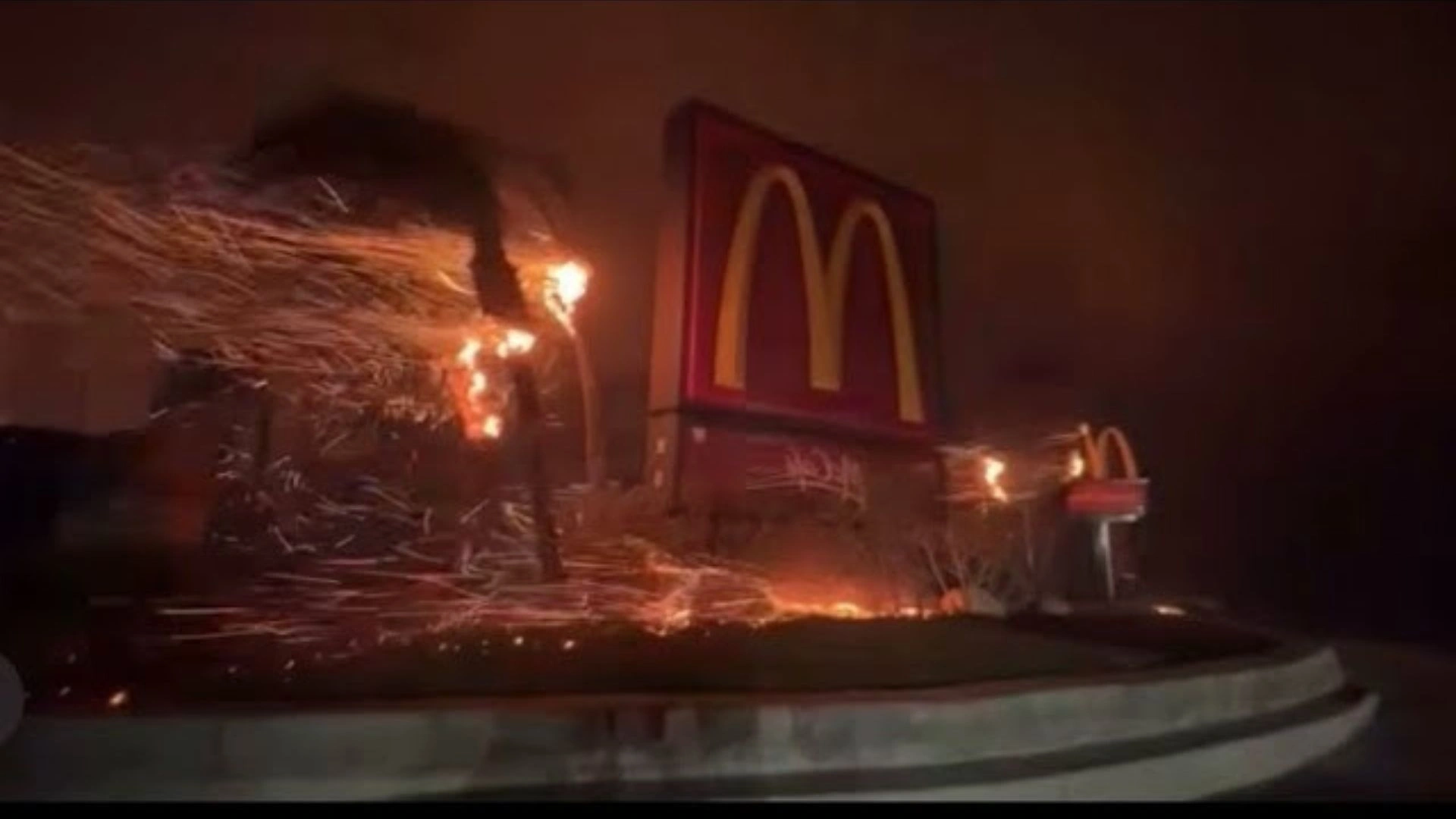Ukraine has confirmed that its forces have withdrawn from the strategic eastern city of Vuhledar, marking a significant boost for Russia’s military efforts. This withdrawal follows months of intense fighting, with Ukrainian forces holding out against repeated Russian assaults since the invasion began in 2022.
Ukrainian Withdrawal from Vuhledar
Late on Tuesday, Ukraine’s military command announced the retreat of its forces from Vuhledar. The decision was made to preserve personnel and equipment, as Russian forces intensified their attacks on the city from three directions, nearly encircling the Ukrainian defenders.
The fall of Vuhledar represents a critical victory for Russia, especially as its troops continue to advance across the eastern Donetsk oblast. In February, Russian forces captured the nearby city of Avdiivka, further tightening their grip on the region.
Russian Forces Push Forward
Since the capture of Avdiivka, Russian forces have continued to seize towns and villages throughout Donetsk. Their advance now brings them within six miles of Pokrovsk, a key logistics hub located 50 miles north of Vuhledar. As Russian forces continue their push, defense experts suggest that Ukraine may soon be forced to abandon other vulnerable settlements, including Toretsk and Selydove.
Videos circulated on Russian Telegram channels show triumphant Russian troops raising the national flag over the devastated city. In one video, four soldiers are seen planting a flag on the remains of a shattered high-rise building. “Everything will be Russia. Victory will be ours,” a Russian officer declared, emphasizing the symbolic importance of the city’s capture.
Vuhledar’s Strategic Importance
Originally built in the 1960s around a coal mine, Vuhledar had a pre-war population of around 14,000 people. Now, the city lies in ruins, with its infrastructure severely damaged by months of fighting. For more than two years, Ukraine’s 72nd Mechanized Brigade had successfully defended the city, inflicting heavy casualties on Russian forces. However, as the Russians deployed reinforcements and conducted flanking maneuvers, Ukrainian defenses were gradually worn down.
The brigade acknowledged that despite the “numerous losses” inflicted on the Russians during their prolonged attempts to storm the city, the situation had become untenable. “In an effort to take control of the city at any cost, the enemy managed to direct reserves to carry out flanking attacks, which exhausted the defense of our units,” the brigade reported.
Russian and International Reactions
Russia claimed that it had killed a significant number of fleeing Ukrainian soldiers during the retreat from Vuhledar. However, the Institute for the Study of War (ISW), a U.S.-based think tank, noted that while Ukrainian casualties were likely, the full extent of the losses remains unclear. The ISW added that if Russian forces had managed to completely encircle Vuhledar, Ukrainian casualties would have been much higher.
Despite its fall, Vuhledar’s capture is not expected to drastically alter the course of Russia’s broader military campaign in Ukraine. According to the ISW, Vuhledar is “not a particularly crucial logistics node,” and Russian forces will now have to navigate open terrain to connect with other units farther north.
Russian Advances in Eastern Ukraine
The loss of Vuhledar underscores the grim situation for Ukrainian forces in eastern Ukraine. Russian forces have been advancing at their fastest rate in two years. In August, Ukraine launched a minor incursion into Russia’s Kursk region, hoping to alleviate pressure on its overstretched troops along the eastern front. This move forced Moscow to divert units to the area, but those troops came from other critical battle zones in the south and northeast.
President Vladimir Putin has repeatedly stated that Russia’s primary political objective is to seize the entire Donbas region, which includes both Donetsk and Luhansk. In September 2022, Putin claimed to have “annexed” four Ukrainian regions, including Donetsk. Currently, Russian forces control about 80% of the Donbas region and nearly 20% of Ukraine’s total territory.
The Ongoing Conflict: A War of Attrition
The conflict in eastern Ukraine has largely devolved into a brutal war of attrition, characterized by grinding artillery barrages and drone strikes along a heavily fortified front line that stretches for nearly 620 miles. Both sides have committed hundreds of thousands of soldiers, with Russia increasingly employing pincer tactics to trap and destroy Ukrainian strongholds.
In September, Ukrainian President Volodymyr Zelenskyy acknowledged the dire situation in the east, explaining that Russian forces were employing a strategy of aerial bombardment followed by ground assaults. “They destroy everything with air-dropped guided bombs, finish off with artillery, and then send in infantry to capture our positions,” Zelenskyy said.
Calls for Enhanced Western Military Support
Zelenskyy has repeatedly called for long-range weapons to counter Russia’s air superiority, but so far, the U.S. has been reluctant to provide such arms. Specifically, Zelenskyy has requested Army Tactical Missile Systems (ATACMS) to target Russian military infrastructure deep inside Russian territory. During a recent visit to Washington and New York, Zelenskyy met with U.S. President Joe Biden and other senior officials to push for more advanced weaponry. Despite support from the UK, the Biden administration remains concerned about the potential for nuclear escalation.
In addition to military support, Zelenskyy laid out his vision for a “just peace,” which includes economic aid from Western nations and continued military assistance. One aspect of his plan may involve a territorial exchange—offering some Ukrainian-controlled land inside Russia’s Kursk region in exchange for the return of Ukrainian territory occupied by Russia.
What Lies Ahead?
After capturing Vuhledar, Russian forces may now set their sights on Velyka Novosilka, a town located just 20 miles to the west in the neighboring Zaporizhzhia province. Vuhledar’s strategic location near a railway line leading to Crimea—seized by Russia in 2014—adds to its significance in Moscow’s broader military objectives. Russian forces currently control 98.5% of the Luhansk region and 60% of Donetsk.
MUST READ: Australia Organizes Urgent Evacuation Flights For Citizens in Lebanon



















